Ignoring inner tire wear can be risky. Tires that have too little treading on the inside might not be able to brake quickly and effectively on wet roads. Worn and bald tires also provide poor traction on ice- and snow-laden roads and they experience more slippage too.
It isn’t only the health of the tire that suffers due to inner wear. Vehicles with low tread tires also see a reduction in their performance. They experience a fall in their fuel economy and steering because such tires lose air pressure on a regular basis. And that’s not where the bad news end.
Worn-out tires pose a safety hazard to the vehicle and its passengers as well. They don’t have the necessary level of tread that could allow the surrounding air to move between their grooves. That’s what makes them a sweet spot for heat build-up and, by extension, blowouts.
With this in mind, let’s look at how to fix inner tire wear:
Before you fix the inner tire wear
Here’s what you need to know:
Why Your Tires Are Wearing Down On The Inside?
Assuming you’ve already noticed signs of inner tire wear, there are a few different factors that can be responsible for this. Among those there are a few which are very common. We’re going to discuss them right now:
a). Camber Angle
The difference between your wheels’ vertical alignment and the road surface is its camber angle. An ideal camber angle is one that allows the tire to sit flat on the road. That might not happen if your wheels are out of alignment, in which case the camber angle might be ‘positive’ or ‘negative’.
Positive camber angle forces the top of the tire to stick further than its bottom. This causes its outer edge to wear down. Negative camber angle, on the contrary, forces the top of the tire to angle inwards and the bottom of the tire to stick further than its top. This results in inner tire wear.
b). Toe Settings
There are two forces that your tire experiences at all times. The first are those that are always pulling the tire to its inside. Then there are those which are regularly pushing it towards the outside. The function of toe settings is to balance those forces and make sure that the tire is facing straight.
However, when the toe settings go out of alignment, they might cause your tire to point inward or outward. If the tire is pointing inward due to misaligned toe settings, it means that the forces pulling on the inside of the tire are dominating. Inner tire wear will soon follow suit.
c). Worn Ball Joints
Although they are not visible from the outside, ball joints play an important role in keeping the tires rolling in an optimum manner. They do the same by connecting the lower and upper control arms of the tire to the wheel hubs of your vehicle. But they aren’t damage-proof.
Ball joints start to wear down with excessive usage. This reduces their grip on the wheel and exposes the tire to inner wear. One of the most common symptoms of worn ball joints is your suspension giving weird sounds as the vehicle goes over speed breakers or potholes.
d). Damaged Springs
The springs in your vehicle are responsible for keeping your journeys seamless. They work in tandem with shock absorbers and take the life out of vibrations that hit your vehicle as it rolls over potholes on bumps on the road. Their optimal working is necessary for a vibration-free ride.
However, just like ball joints, springs also wear down over time. This reduces their ability to help your vehicle remain in constant contact with the road at all times. Tires suffer the greatest brunt of this scenario as they experience wear on the inside.
How to fix inner tire wear?
Follow these instructions to fix inner tire wear
1. Get your wheels aligned
If left unattended for a long period, improper wheel alignment might disturb camber angle, wear down ball joints and may damage springs as well.
All these three disturbances, as explained earlier, contribute to inner tire wear. That is why you should get your wheels aligned after every 5,000 miles or one year.
2. Keep tires properly inflated
Underinflated tires are at an added risk of experiencing inner tire wear. That’s because their sidewall will no longer be able to force the tire to come into contact with the road.
Hence the reason why we recommend that you check your tire pressures from time to time. Purchase a portable tire inflator if you don’t always have free time to go to the tire shop.
3. Regularly balance your tires
Most car owners only get their wheels balanced once they notice uneven tire wear. That is the wrong approach. It would be best if you had your tires balanced once every two years.
Experts also recommend having new tires balanced immediately after you have installed them underneath your vehicle. Doing that would protect them from experiencing inner wear.
4. Repair or replace damaged suspension components
If you notice that only one side of a particular tire is wearing down unevenly, it’s time to check its suspension. More often than not a bent suspension component will be to blame.
As long as the damage to the component isn’t extensive, you can have it repaired. However, if it is bent beyond repair, you may have no choice but to replace it altogether.
Conclusion
Inner tire wear can occur due to multiple reasons. Your wheels may be misaligned for a long time, their camber angle may not be right, ball bearings and joints can be worn down, or one of the suspension components can be broken.
Once you have identified the cause of inner tire wear, immediately tend to the solution. Don’t ignore the problem as it won’t go away. Adopting such a careless attitude won’t only hit you hard in the pocket, but it will also put the health of your vehicle and the safety of its passengers in safety.
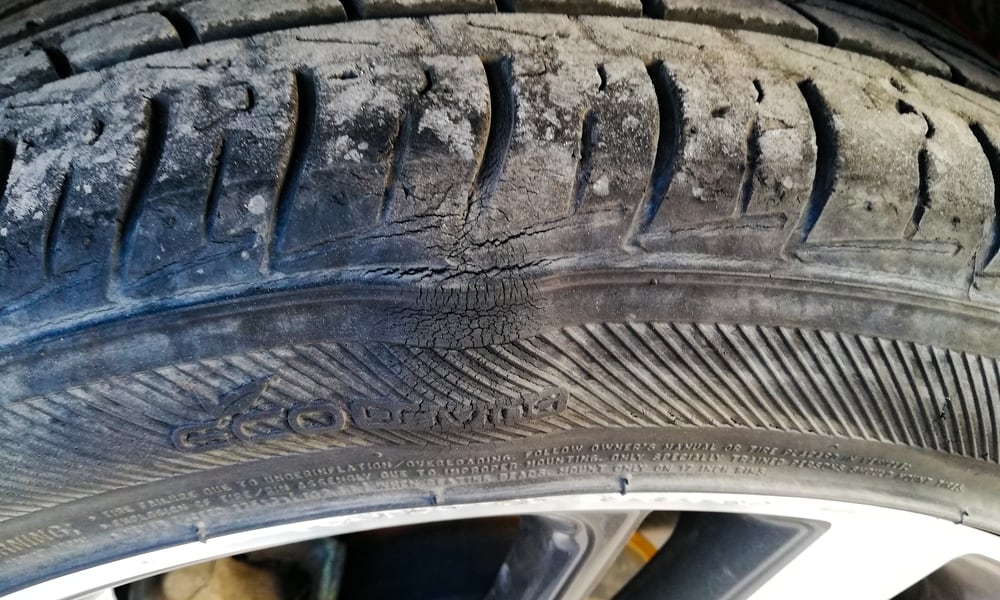
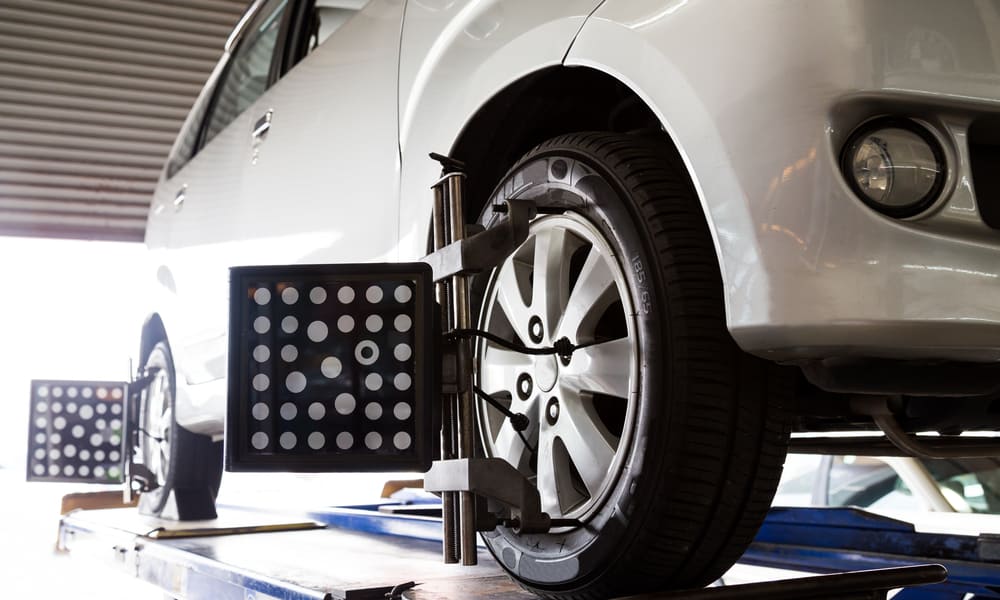
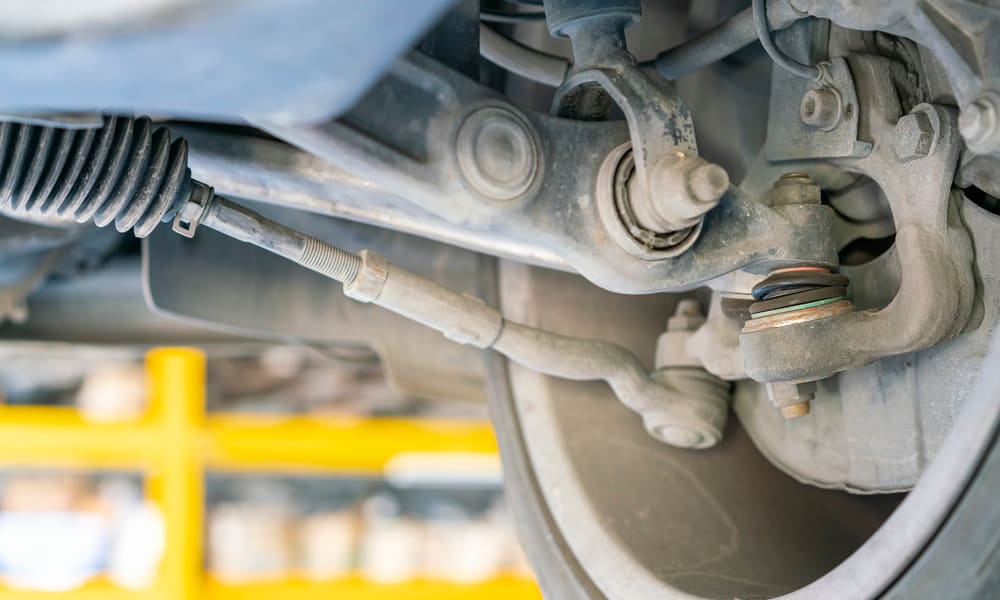
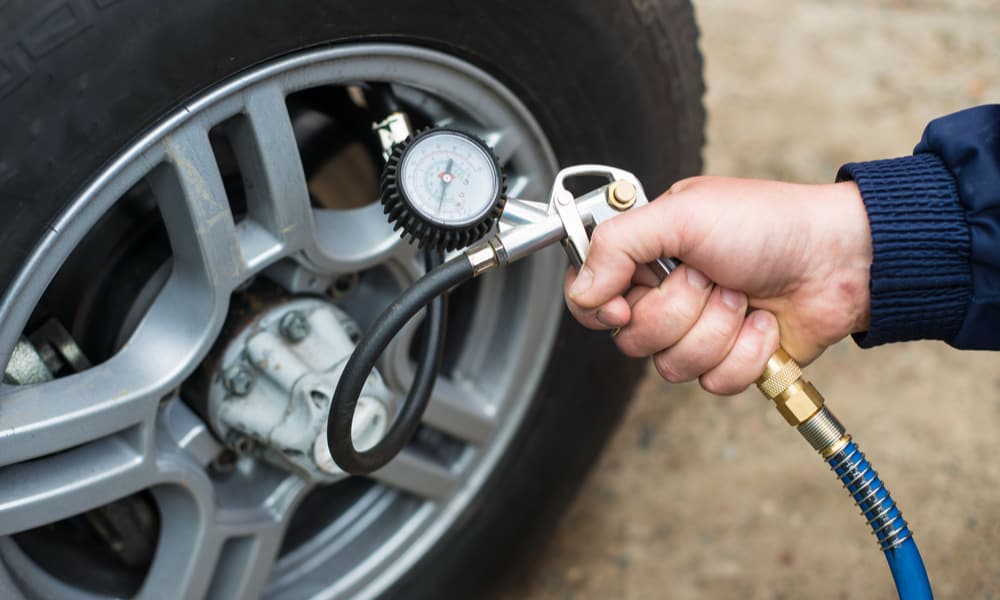
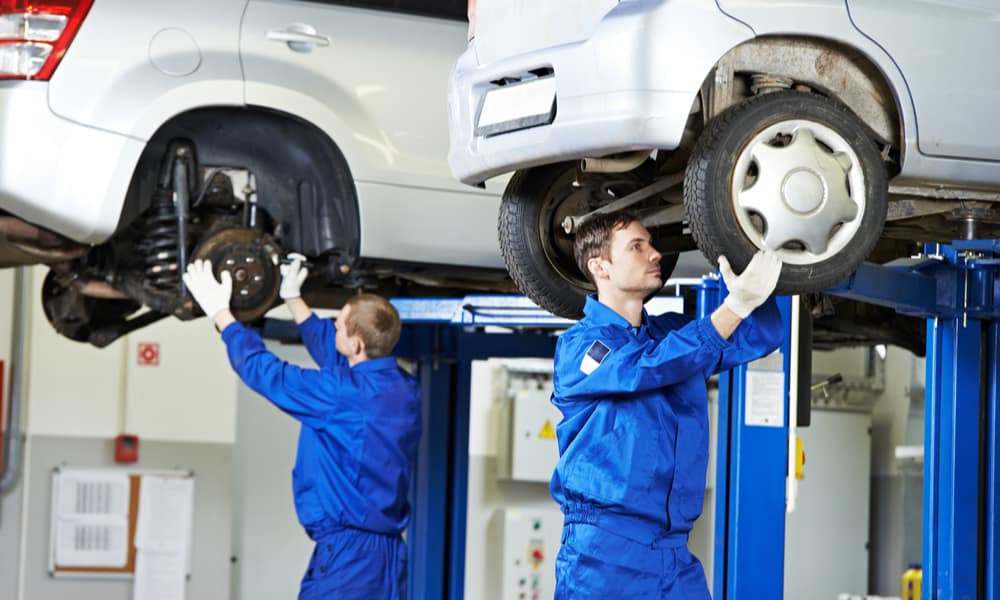
My car is Nissan B1400 pickup ex south Africa,please inform more on this vehicle.
I have a 2018 Chrysler 300 I have gotten An alignment and new back tires and they are wearing down and my car be Swerving
I’m having same problems with my Chrysler Sebring